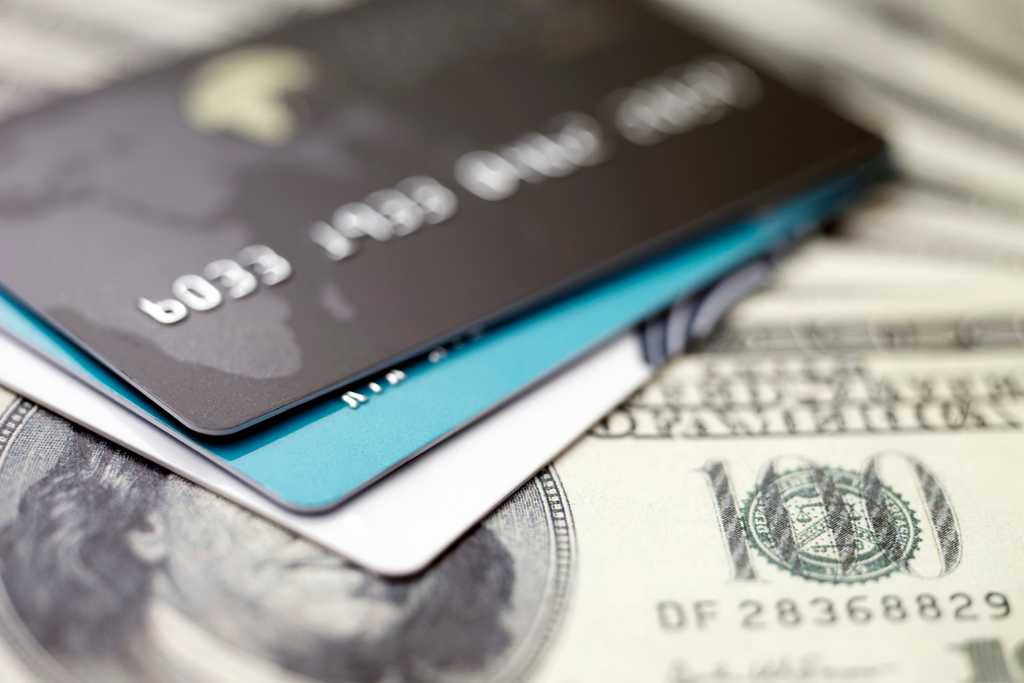When you think about loans, one kind that you might think of are fixed loans, like the installment loans used to purchase a home or car. But another type of loan is more common, called a revolving loan or a revolving line of credit. These types of loans allow you to borrow money repeatedly in varying amounts.
Revolving credit is a type of loan that allows you to borrow money at different times and in different amounts. Regular payments must be made in proportion to the current outstanding balance. And typically, a line of revolving credit has a dollar limit, and you can’t borrow money that would cause your balance to exceed that limit.
How Does Revolving Credit Work?
Just like any other loan, you have to apply for a revolving line of credit. When approved for the loan, you will usually receive a credit limit, which represents the maximum outstanding balance you can have.
Once you borrow money from your account, you’ll have to make regular payments to it. The minimum monthly payment will likely be a percentage of the outstanding balance. The account will also have an interest rate which can be fixed or vary with the Prime Rate. Each month, you can choose to pay any amount above the minimum in order to reduce your balance, or pay it off. And even once paid off, most revolving credit loans will continue to allow you to borrow money from your line of credit in the future.
Revolving Credit Examples
Let’s say that you are building an addition onto your house. One way to finance the construction costs is with a revolving line of credit. With this line of credit, you can make purchases of construction materials, and pay for labor as the project progresses. During that time, you can continue to pay down the loan in order to keep the balance as low as possible, and save money on interest charges. And if you still have a balance after the project is completed, you will continue to make monthly payments on the outstanding balance until it’s paid off. At the same time, you could continue to draw against the line of credit if you need to for any reason.
Another example would be a revolving charge account from a retail store. This type of revolving credit has been around for more than a hundred years, and was a common way for stores to help customers finance purchases. Today, many large retailers will offer store charge cards with revolving credit. Once approved, customers can make purchases in the store, and make monthly payments towards those purchases. If the customer regularly uses the revolving credit, then he or she may never pay off the loan. It will continue to be used, and be partially paid every month. The repeated process of borrowing and repayment is why it’s called a revolving loan.
Types Of Revolving Credit
There are several types of revolving credit loans that are offered. One of the most common is a credit card account. When you’re approved for a credit card account, most card issuers will give you a preset spending limit. To borrow from this line of credit, you can make purchases with your credit card. Most credit cards also allow you to borrow from your line of credit by making balance transfers or taking a cash advance. Each month, your credit card issuer will send you a statement listing your current balance, including interest charges and fees. You must then make a monthly minimum payment on or before the statement’s due date. A store charge account works in a similar way, but only allows purchases from the co-branded retailer.
Another common type of revolving credit is a home equity line of credit. This is a loan that’s secured by the equity that you have in your property. Most home equity lines of credit will offer borrowers a checkbook that they can use to make payments from their account. Payments from your account can usually be made electronically as well. And many home equity lines of credit can issue debit cards that can be used to make purchases online or at retail stores. There are also personal and business lines of credit that can function as revolving loans.
Revolving Credit vs. Installment Loan?
An installment loan is very different from a revolving credit loan. An installment loan is when you borrow a specified amount at once, and you have payments scheduled until the loan is paid off. For example, a home mortgage is an installment loan with a fixed payoff schedule. Once the mortgage loan closes to pay for the home, you can no longer borrow any additional money from that loan. You will then have to make regular, fixed payments for the life of the loan, until it’s paid off. However, most home mortgages allow you to pay off the loan early, although some impose a penalty for paying it off early.
Another example of an installment loan is a car loan. You might receive a loan to pay for your car, with a fixed amount of monthly payments, for a prespecified number of months. Once you completely pay off the loan, the car’s title is considered to be free and clear. The lender’s name can be removed from the title and it can be in your name only. And in many cases, installment loans will have fixed interest rates, while revolving loans will have interest rates that vary with the Prime Rate.
What Is Revolving Credit Good For?
Revolving credit is ideal for borrowing money over time and in different amounts. For example, a small business might wish to have a revolving loan that it can use to borrow money for supplies, and pay back the loan once it receives money from sales.
Revolving credit can also be used by individuals to cover expenses as needed. For example, a homeowner might have a revolving line of credit to be used for home repairs or other unexpected charges. And since a home equity line of credit is a secured loan, it will have a lower interest rate than other types of revolving credit such as a credit card or a personal loan.
And of course, tens of millions of Americans use credit cards, which are also revolving credit. Credit cards can be used for your everyday expenses, or to finance large purchases. But since credit cards are unsecured loans, they will have higher interest rates than loans that are secured by a property. But thankfully, credit card users can avoid interest charges by paying their statement balance in full each month. This is a feature that’s not available with other kinds of revolving credit.
Bottom line
Revolving credit is a very useful tool for borrowing just the money that you need, at exactly the time you need it. Revolving credit also allows you to continue to borrow money as often as you need, and pay it back largely on your own schedule. By understanding how revolving credit works, and how it differs from an installment loan, you can decide what type of loan makes the most sense for your needs.

